Sorry, bad news guys. This one is a long one…BECAUSE IT IS AWESOME. Strap in.
I get really antsy when too many weeks have gone by without me having something to post. Externally it looks like I’m not doing much. The truth is, though, that I’ve been working on this one for about a month.
The original recipe in the Alinea book is called “Cranberry, Frozen and Chewy”. The idea is that cranberry stock, made from boiling cranberries in water and sugar, is mixed with Ultra-Tex 3, a cold-water starch that inhibits ice crystal formation, which is then injected into water balloons. The balloons are immersed one at a time in liquid nitrogen until frozen solid. After peeling away the balloon, the cranberry sphere is topped with dots of pureed orange and chervil tips.
The most interesting experience of eating the dish is the nearly-indescribable texture of the frozen cranberry; the Ultra-Tex combined with the liquid nitrogen treatment causes the stock to freeze with a complete lack of any ice crystals, which causes the sphere to feel a bit like very cold putty in the mouth. It’s not elastic in the way bubblegum is (this is what I sort of expected, given the “chewy” adjective), but doesn’t melt away as easily as ice cream does. The closest analogy I can think of is super-cold smooth peanut butter.
When gearing up for this, I wanted to try making a variation of it; the ingredients and flavors themselves are quite straightforward, so I figured I could vary things to make sure I understood how to work with the Ultra-Tex. I decided my variation would center around blueberries, which are also in season now and which I thought would look pretty next to the rosy cranberry. Blueberries pair well with lemon (handily, we have a lemon tree growing in our backyard), and I liked the idea of garnishing with cinnamon and cream as a bit of a surprise.
Aside from Ultra-Tex 3, the key ingredient in this dish was obviously the liquid nitrogen. Here’s where things got interesting/insanely frustrating. I’ve never worked with liquid nitrogen before, so my first step was asking around work if anyone had any tips about this. One coworker mentioned use of a Dewar for storing the LN2; a stainless thermos-like container would work ok if it were properly vented, but would likely only hold the nitrogen for a very short time. Alliance Gas, from whom I purchased dry ice a few months back, carries LN2 as well, but it’s near the southeastern tip of Alameda, so I had about a 20 minute drive to deal with plus maybe an hour of work in the kitchen. So I started looking around for a Dewar.
I found a 1-liter Cole-Parmer Pope Dewar for about $140 on Amazon that I ordered. The thing looks like a long thin silver bullet, maybe a bit longer than a work thermos, with a porous, vented foam lid. It would very likely hold the LN2 for the time I needed. So, on a Saturday, I made up batches of the blueberry and cranberry stocks, injected about 40 balloons with them, and drove to Alameda…to find that Alliance had closed 20 minutes before I got there.
I sat in the empty parking lot fuming at myself for about 10 minutes. What a stupid, rookie move, not calling ahead to confirm the time they closed. Not knowing what to do, I drove home and pouted to Sarah for a while. I had no idea how long the stock would stay viable in the balloons, nor did I feel it was entirely desirable to use balloons as storage for what would be at least two days before the welder’s supply reopened. Sarah pointed out that, worst case scenario, they would be just as ‘wrong’ then as they were now, so rather than going ahead and throwing it all out, I should just hang on and try again Monday.
So, Monday, I left work around 3, 2 hours well ahead of when Alliance closes. I walked in with my Dewar and asked to fill it with LN2. The guy behind the counter whistled and made a sour face; “They guy who can do that left 20 minutes ago.”
WHAT.
This time I forgave myself for not thinking to ask if ‘the guy who could fill a Dewar would be there during normal business hours’, got back in my car, and fumed more. Sarah and I were leaving for Kentucky for the holidays in 4 days, so my time for correcting this combined with all the errands I needed to run to prepare for our travels meant I had to give up and resign to trying this again after Christmas. I threw away the entirety of both batches of water-ballooned blueberry and cranberry and put on my frustrated eyebrows.
“Or.”, Sarah volunteered. “Or. Dad could get you some from the lab.”
This is where things got hella interesting.
Sarah’s dad, Joe, is a retired organic chemistry professor. He lives a few blocks away from his school, the University of Kentucky. I exchanged a few emails with him about possibly visiting the UK Physics Dept. to snag some LN2 from the labs. His response included “Can we make ice cream with it too?”
I love Mr. Wilson.
Confident that traveling cross-country with some Ziploc bags of white powders to try this at home would end in tears, I ordered new, fresh batches of Ultra-Tex to be shipped to Kentucky in preparation for me to try this on the road. I also ordered squeeze bottles and packed my Eye service piece. A few days after Christmas, I packed this all into a duffel bag and drove the 2.5 hours from Leitchfield to Lexington, ready to play.
Mr. Wilson was eager and happy to take Sarah and I to UK, where we navigated through some poorly-lit hallways and oddly-locked doors into the depths of the physics lab to retrieve a 4L dewar of LN2. The lab was straight out of the 70’s, and Sarah and I excitedly snapped away with our cameras as we waded through the labyrinthine halls.
A short while later, we returned to Sarah’s family’s house with ample cryonics booty. I had premade the cranberry and blueberry stocks before we went, and Sarah helped me fill 30 or so balloons with the mixture. We dipped them one at a time into a shallow dewar pot for a minute each until they were frozen.
 Photo by Sarah Wilson
Photo by Sarah Wilson
A few slipped out of the tongs as we lifted them out of the nitrogen to lay them on a wooden cutting board to warm a bit; they cracked very easily and were quite fragile. After letting the spheres temper for a minute or so, I would roll them around in my hands to soften the balloon enough for me to be able to peel it off. I burnt my fingers a bit during this process; it was easy for me to forget how cold these things were. There’s a greater difference between room temperature and liquid LN2 than between room temperature and boiling oil for deep frying, so burns from holding these spheres are more severe than pulling a french fry out of oil barehanded.
Sarah’s mom doesn’t own a blender, so I had to try pureeing the orange and lemon in mom’s blender, but it couldn’t get either mixture to the smooth texture that I needed, which meant it didn’t squirt out of the bottles the way it needed to. I also found that the orange puree had this odd tendency to ‘clot’ into big chunks, making it nearly impossible to squirt through a small hole. Of course, this didn’t affect the taste; the wonderfully unique texture of the blueberry and cranberry spheres was amazing, and the flavor profiles were both really, really good. I’d never tasted chervil before; it’s a bit like a cross between cilantro and anise. Definitely unique. I actually felt quite proud of the blueberry one; the cinnamon and orange paired great with it and I felt the whole thing was a bit ‘brighter’ than that of the cranberry, though both were delicious. Sarah’s family preferred the tartness of the cranberry, while my sisters and I liked the blueberry one better.
These photos represent the most artfully I could plate them with the equipment I had. The top two are the blueberry spheres, the third is a cranberry one.
Despite the taste being great, I wasn’t all the way happy with the photogenics of everything. I wanted to take some nicer photos…so when we got back to San Francisco, I made the whole thing again. This time, I got to use my Dewar, and had much better luck at the welder’s supply.
For contemporaneous testing purposes, I froze a few spheres of the cranberry and blueberry with the Ultra-Tex mixed in just in my freezer. I was curious which component played more of a role in the final texture: the Ultra-Tex or the LN2. I took one sphere from each freeze treatment and put it on a sheet of cast iron that I had cooled with dry ice. Cast Iron has a lot of thermal mass, so the sheet stayed cold and was a good working surface for playing with this stuff (as well as a staging area for plating the spheres). Anyway, I smooshed each sphere by putting a wooden spoon on top and smacking it. I expected the LN2 spheres to squish like peanut butter and the freezer-cooled spheres to crack, but was surprised to see the opposite happened.
In tasting the two, the freezer-frozen spheres were…odd. Like a gelatinous sorbet. It was interesting in an experimental way, but not necessarily in a desirable way. It was also grainier. I suspect I could probably get close to the texture of the LN2 using a slurry of dry ice and alcohol, but I didn’t try this.
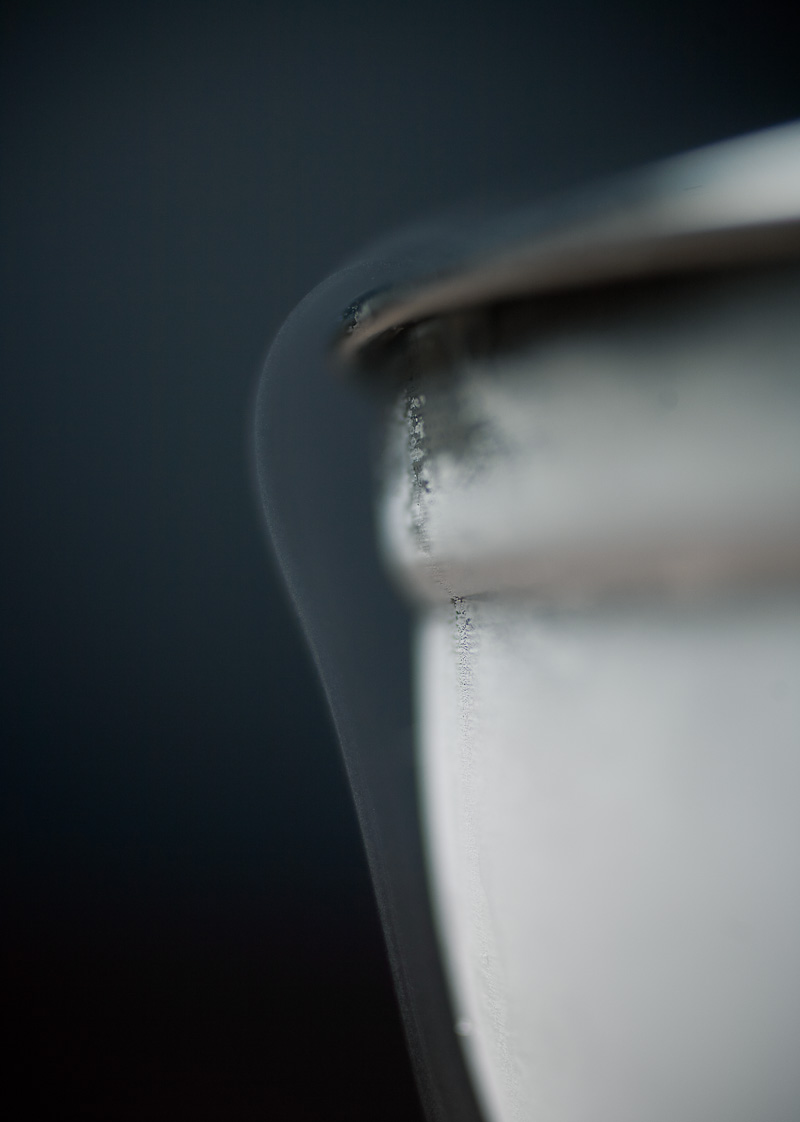
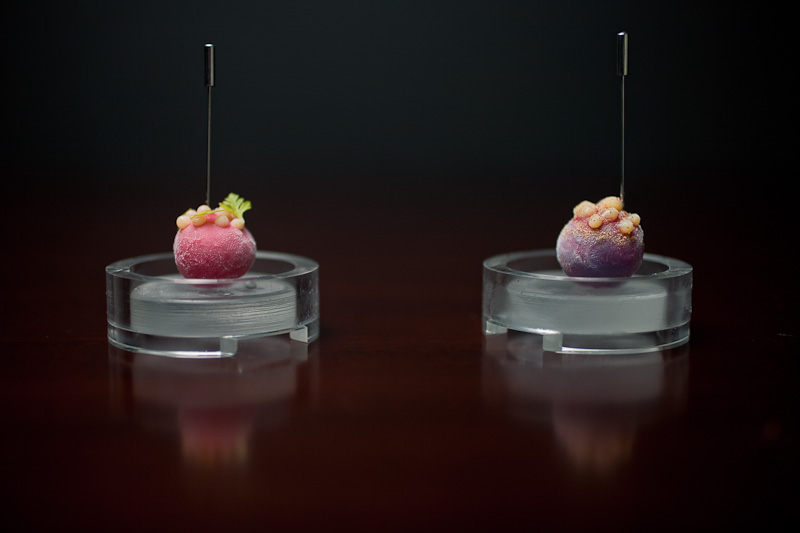
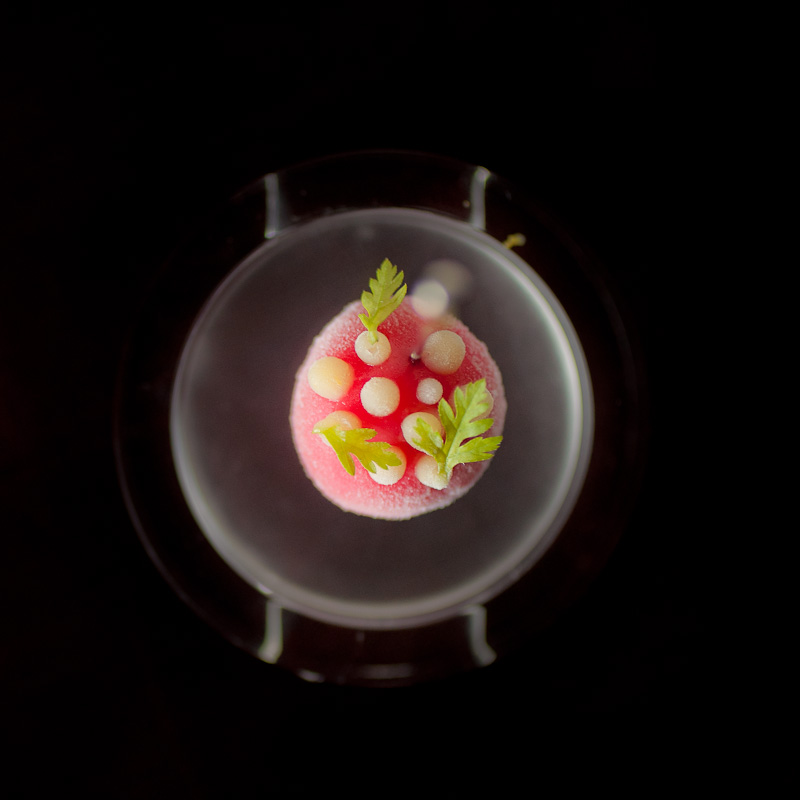
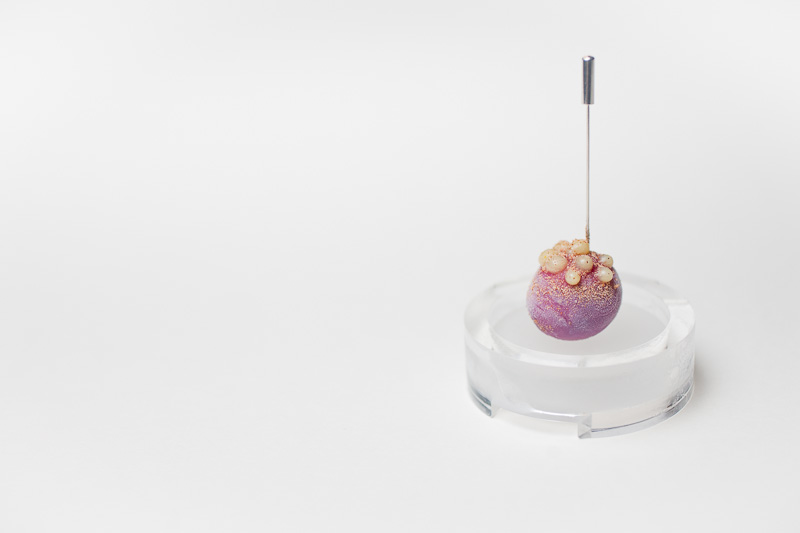
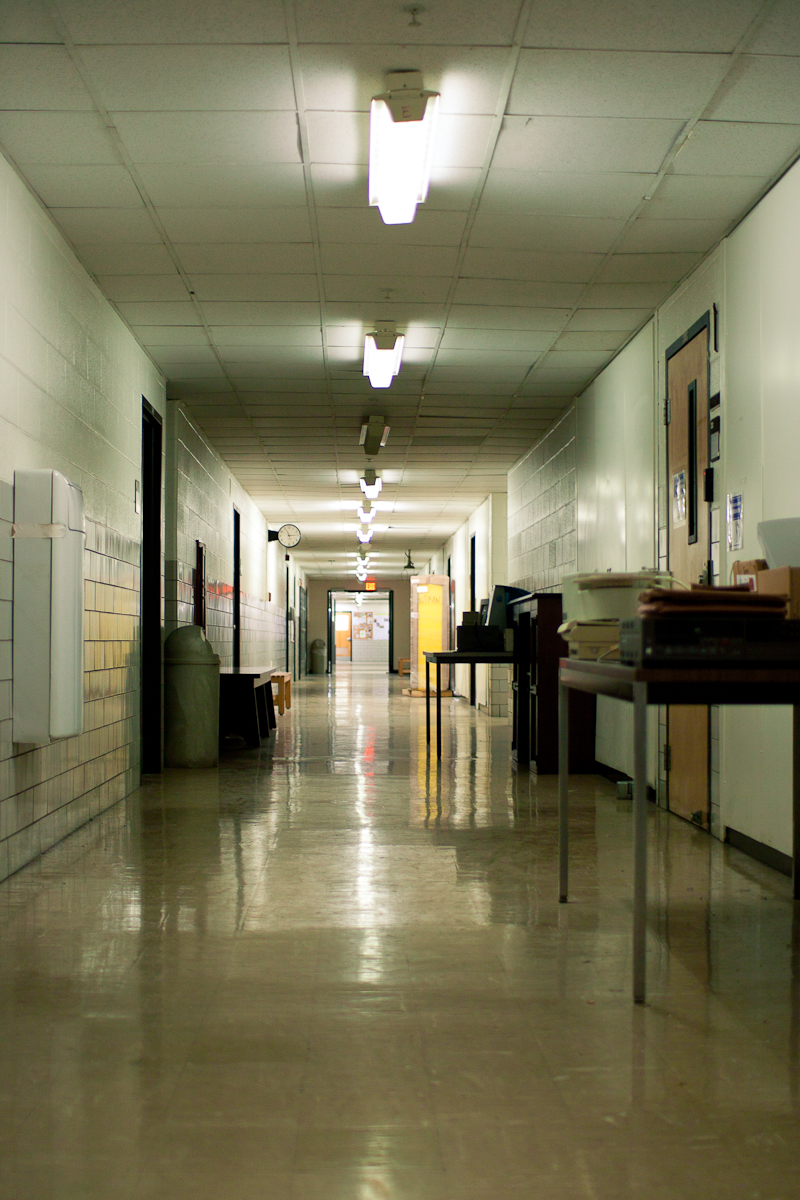
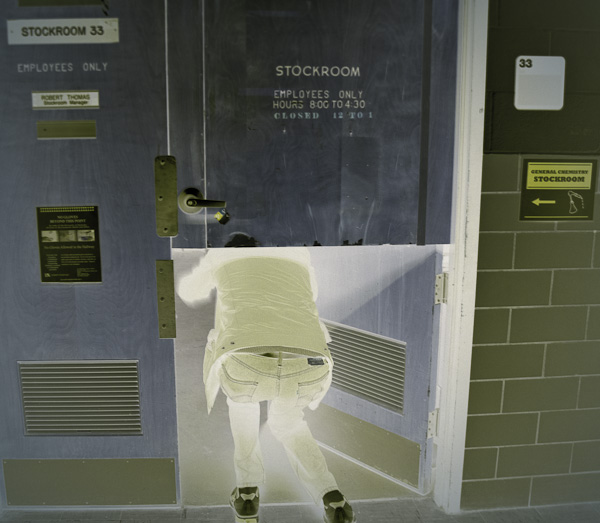
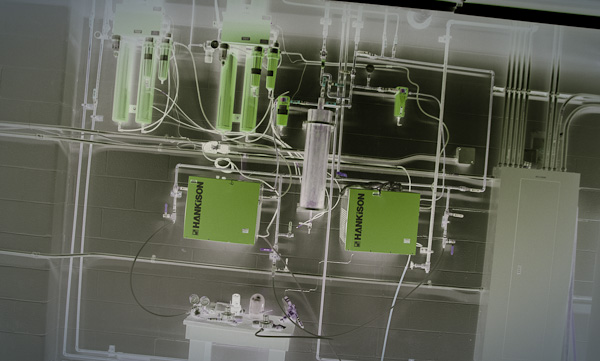
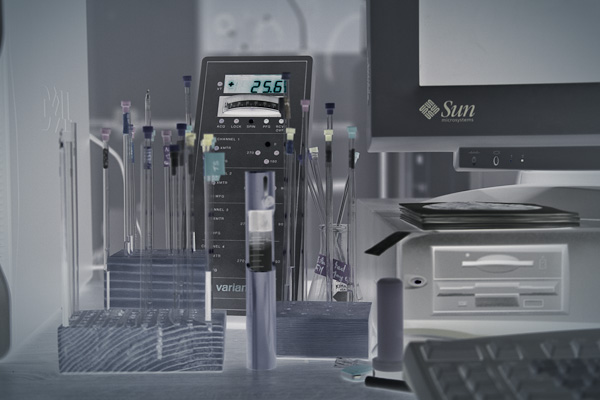
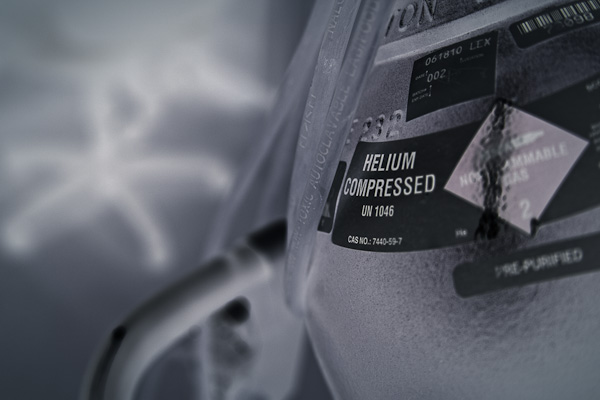
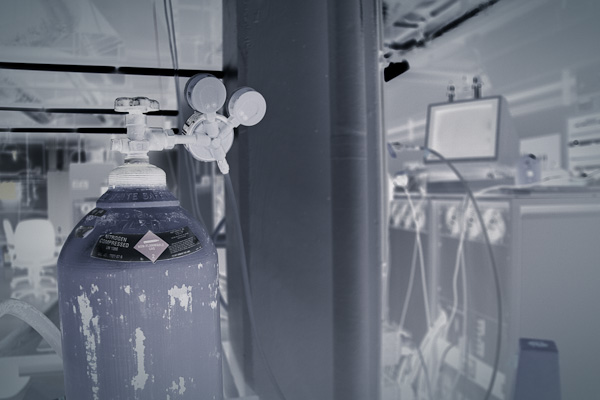
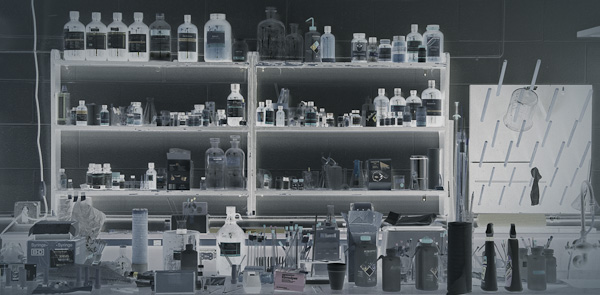
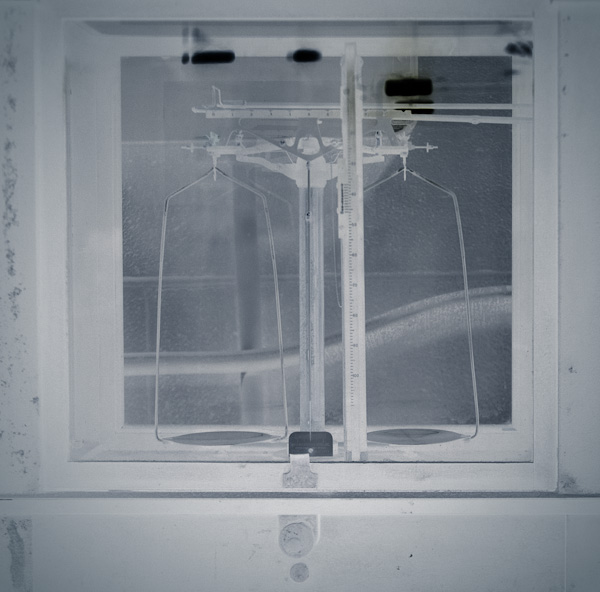
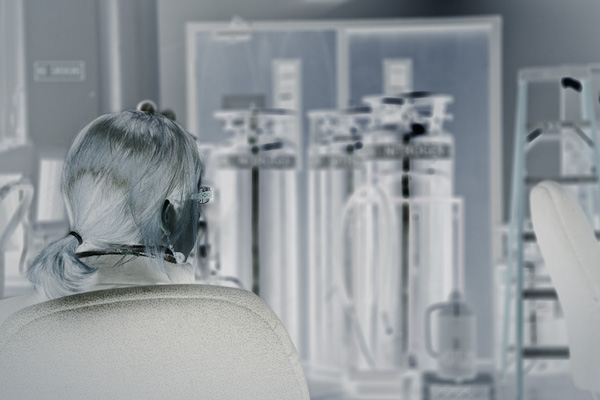
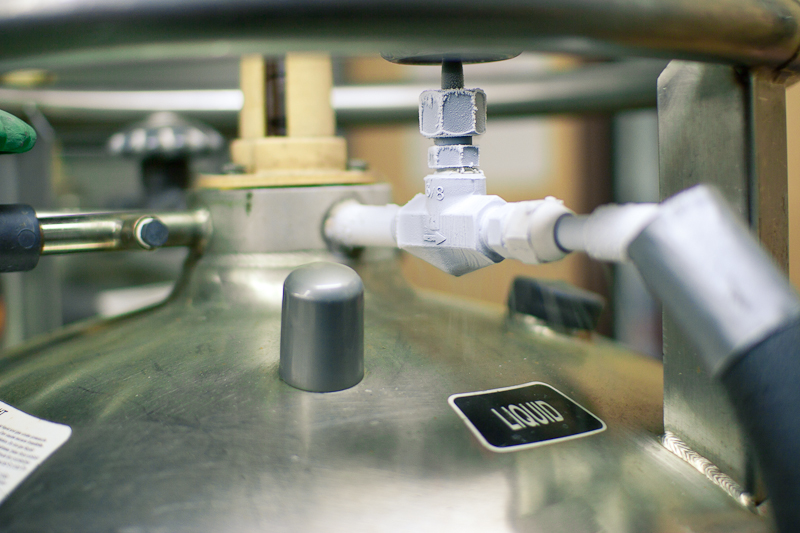

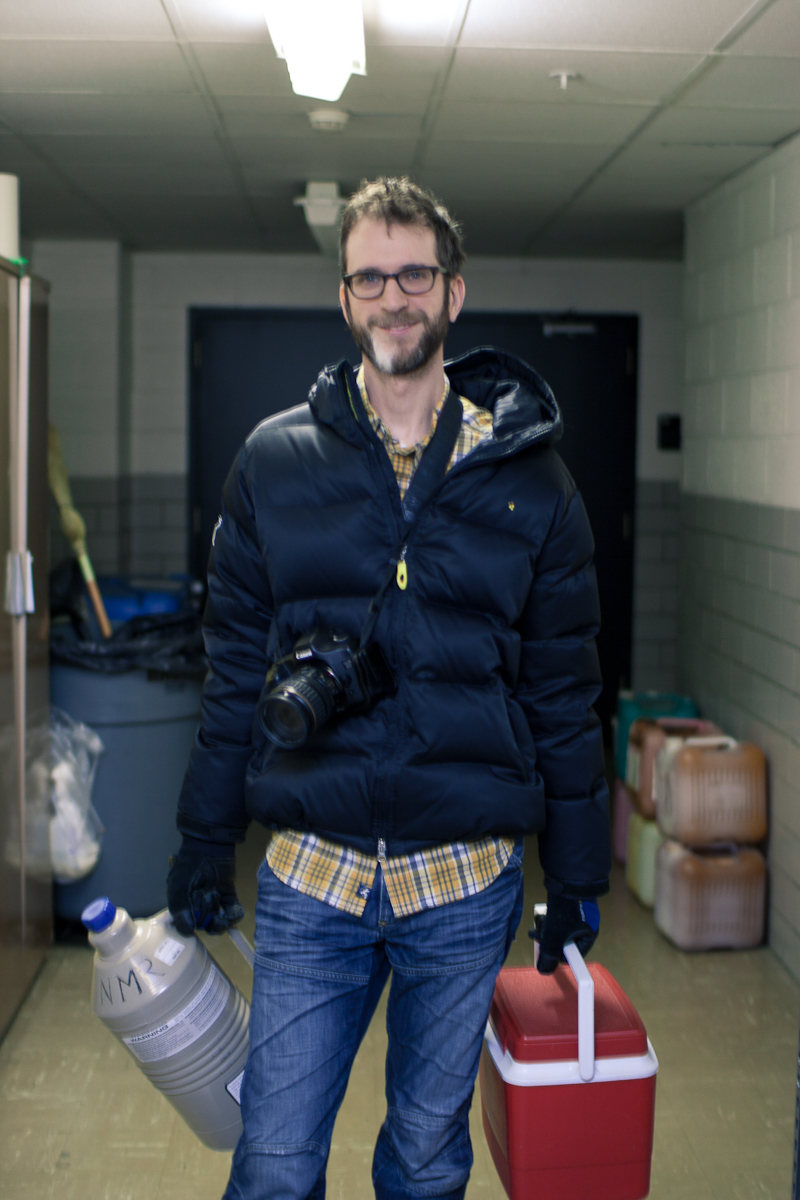
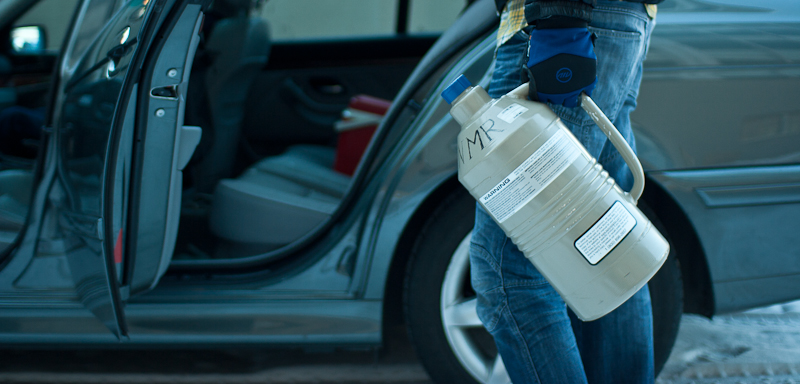
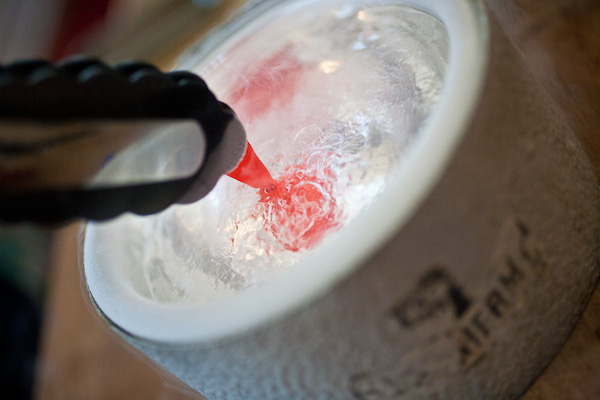
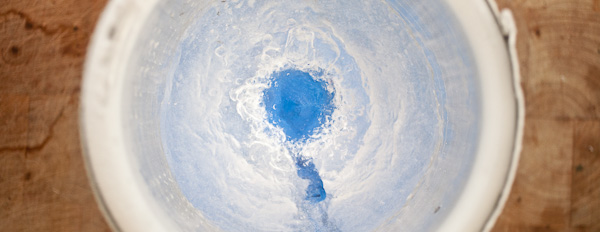
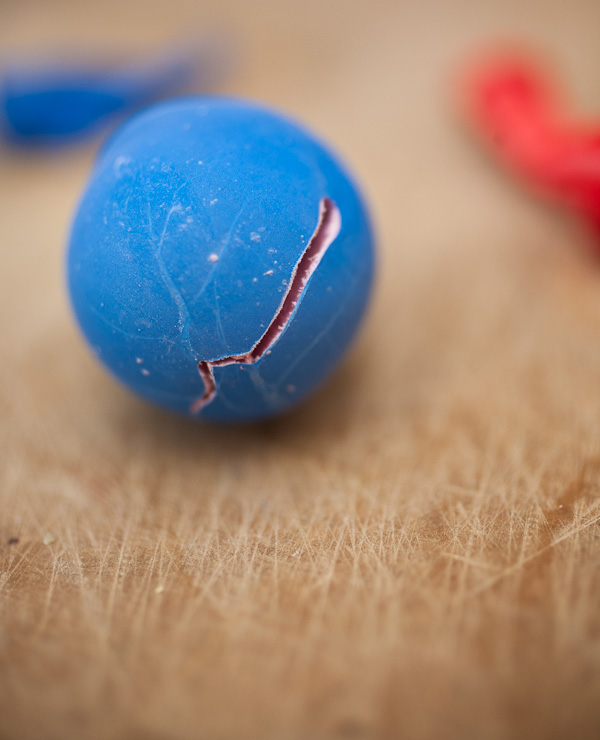
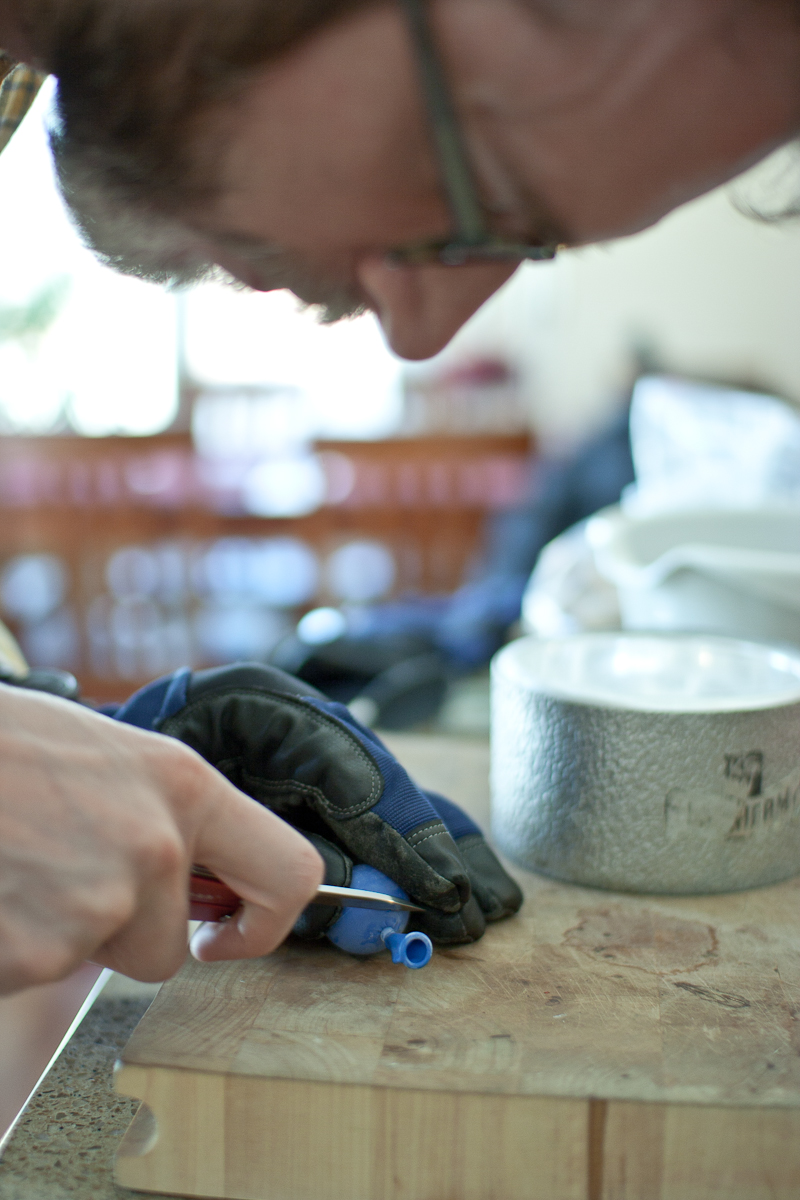
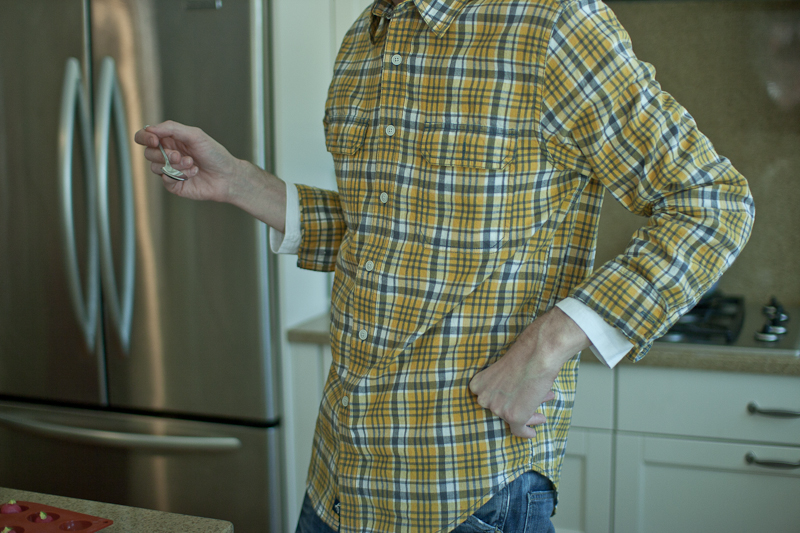
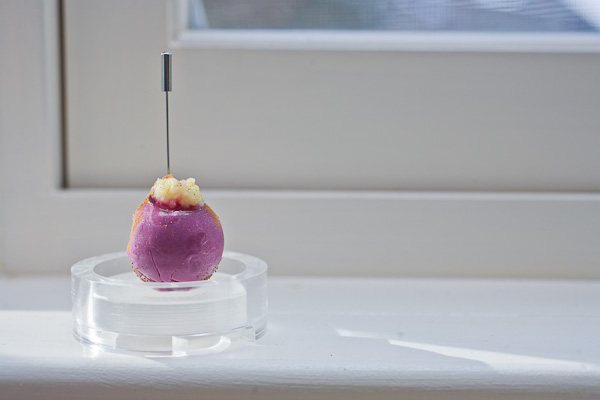
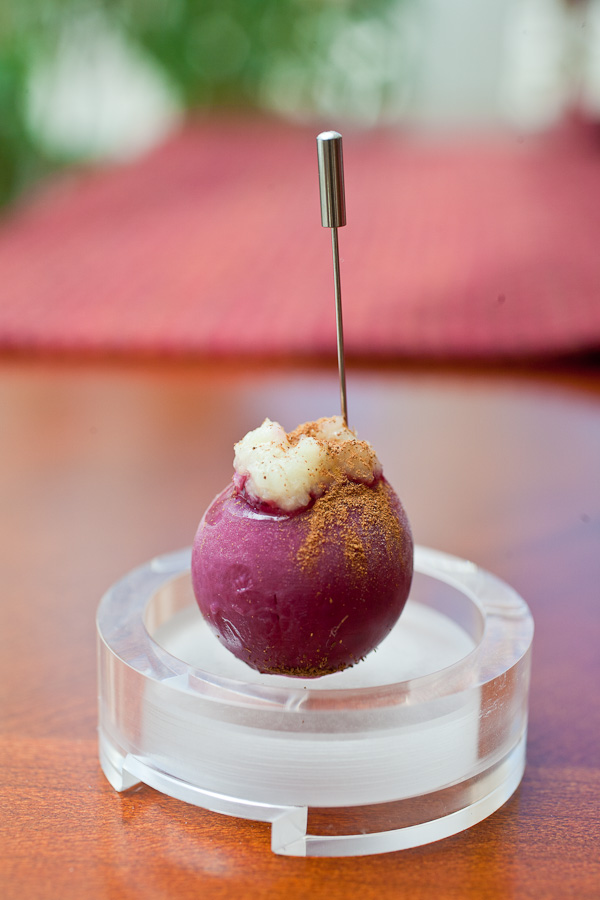
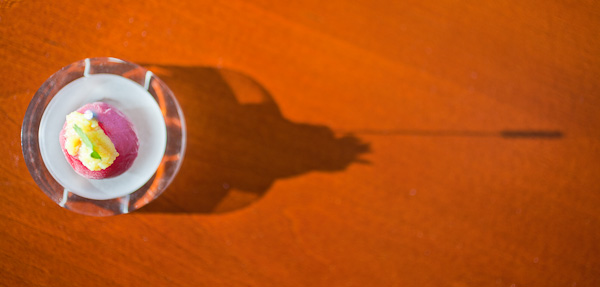
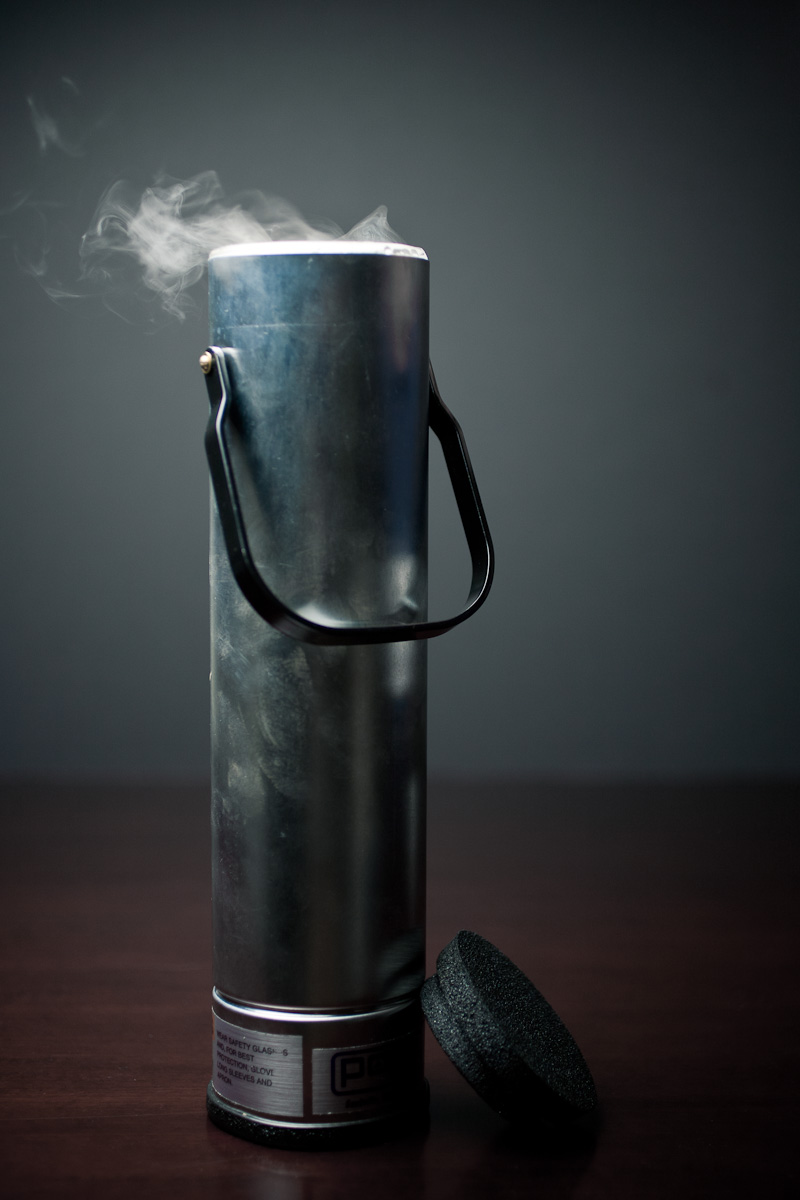
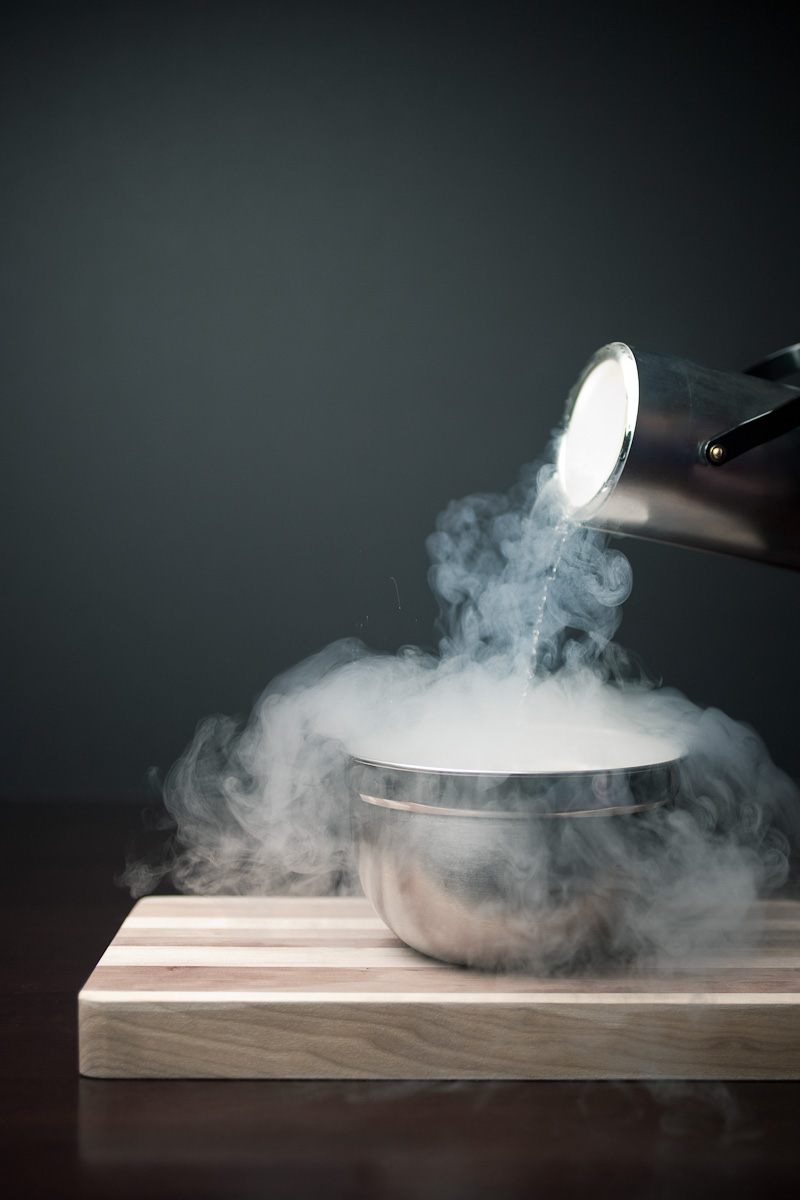
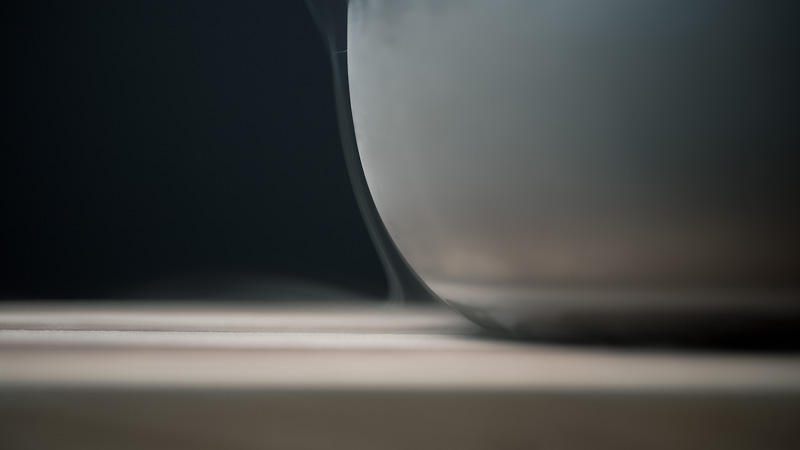
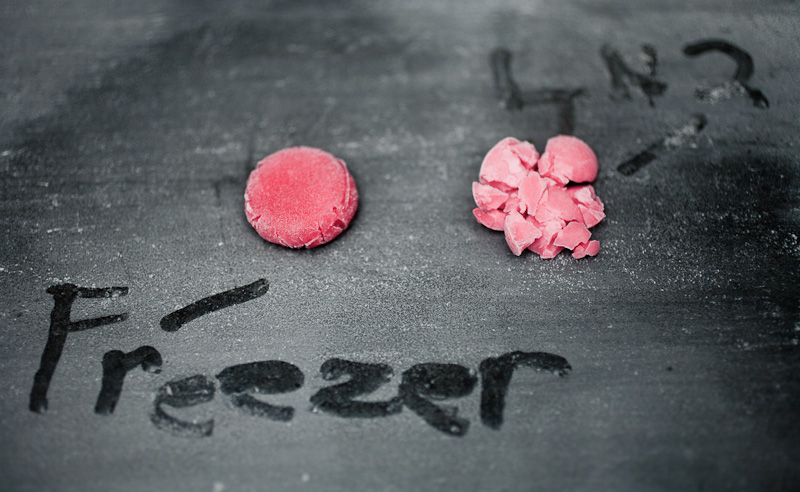
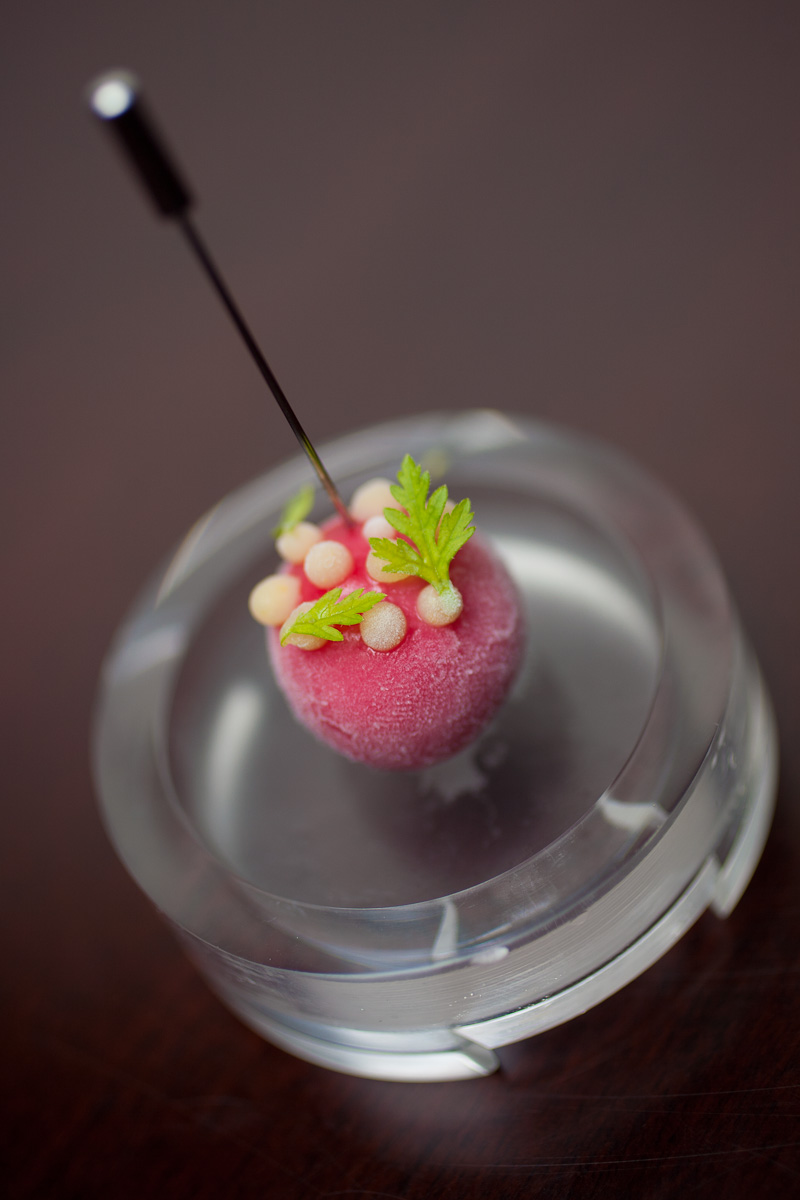
Very well done, I too get frustrated when thing don’t necessarily work out just right. Glad you stayed the course.
Thank you Michael! Your encouragement is always totally awesome. 🙂 Would that I could mail you a few of these as a way of saying thanks.